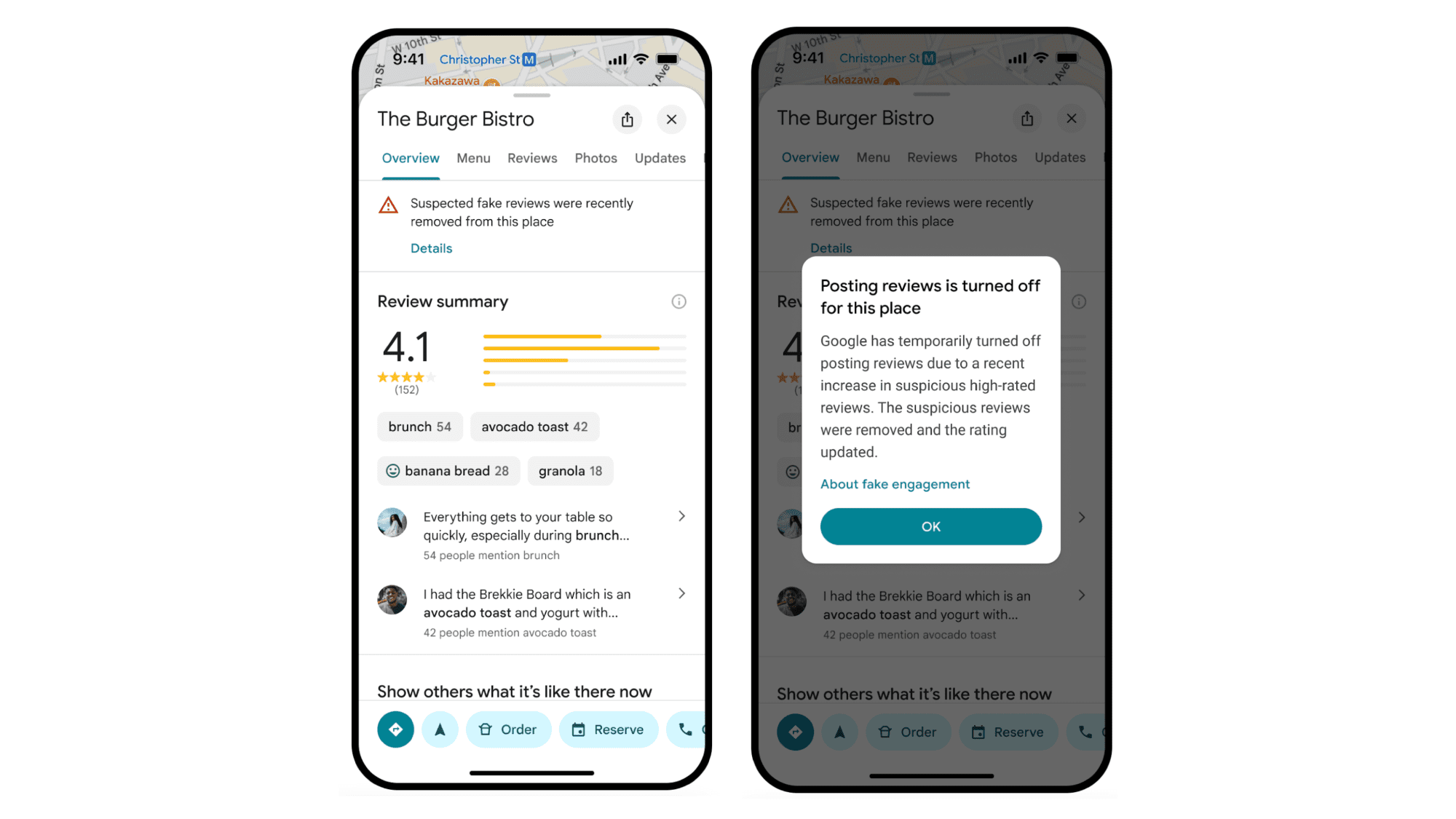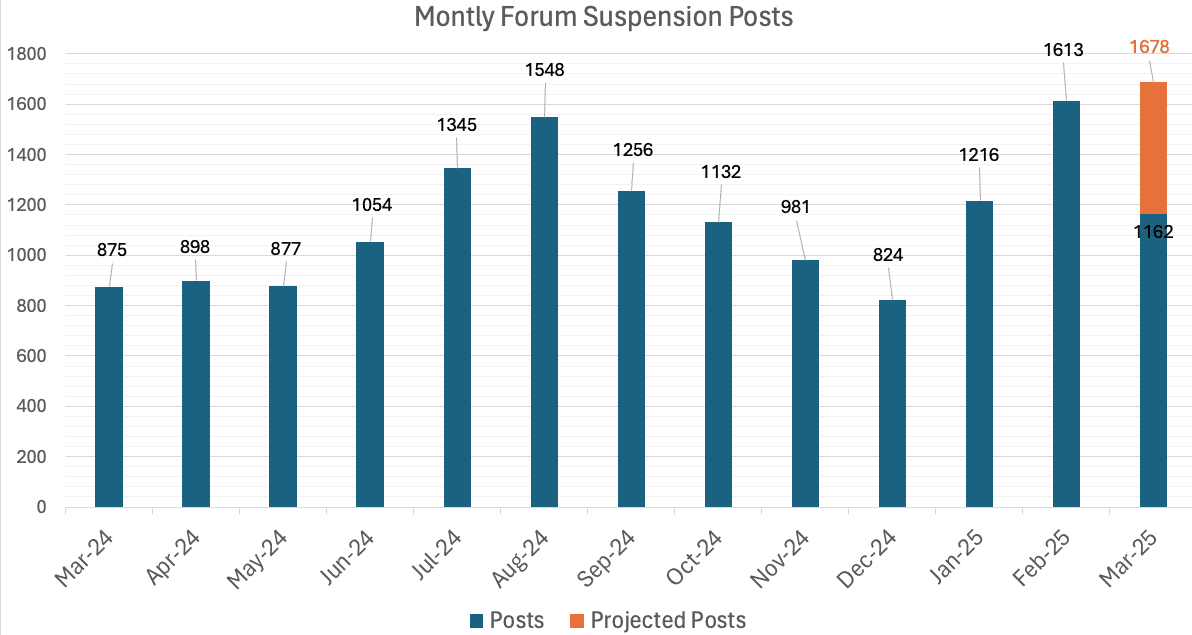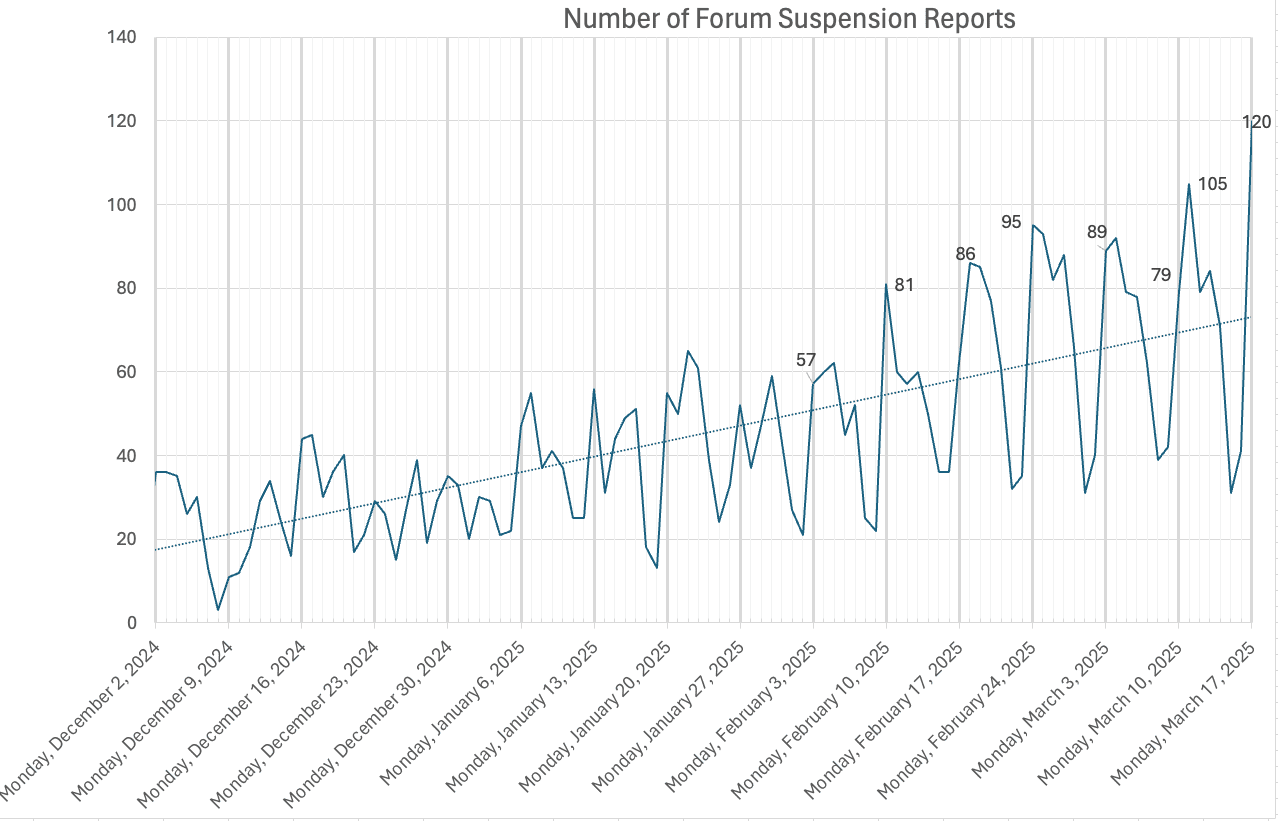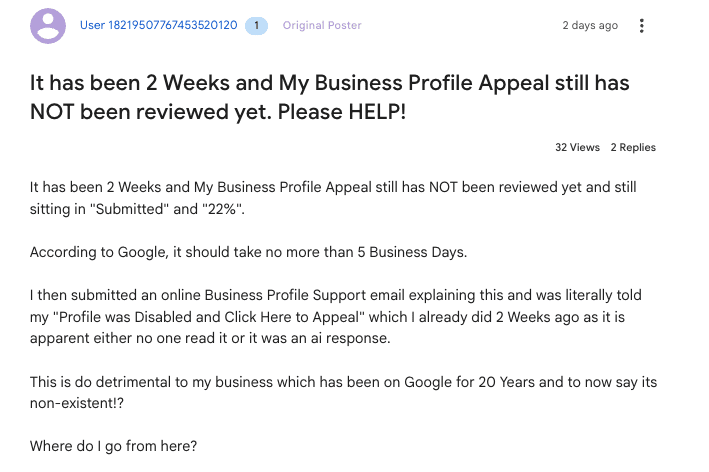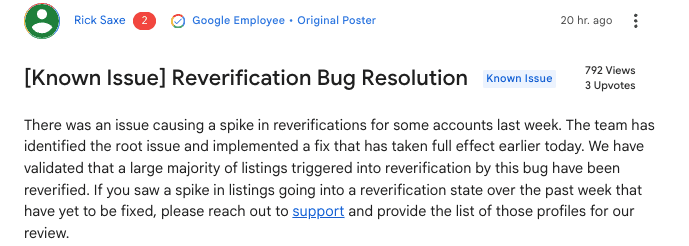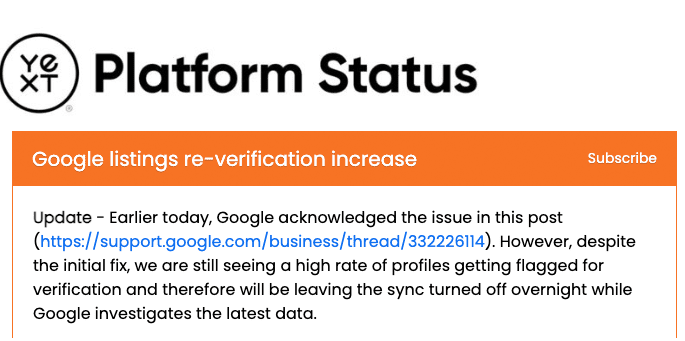Competitor Analysis In Local SEO And How To Gain An Edge via @sejournal, @JRiddall

In every community, multiple businesses and business types vie for prominence within a limited geographic radius.
As such, when it comes to online visibility and local SEO, competitor analysis isn’t just a best practice – it’s a necessity.
Understanding and responding to your rivals’ strategies, strengths, and weaknesses is the cornerstone of a winning local SEO campaign.
For SEO professionals, this means going beyond surface-level observations and diving deep into data to uncover actionable insights.
Let’s explore how to conduct a thorough competitor analysis and leverage any findings to gain an edge in local organic search, drive targeted traffic, and improve the bottom line.
Identifying Your Local Online Competition
Before you can analyze your competition, you need to identify them.
A business you consider a competitor offline may or may not be a competitor online, which will determine whether or not you can learn and apply anything from how their web presence is structured.
Furthermore, at a local level – and depending on the service or product – you may very well find large players like big box stores or ecommerce offerings appearing in the search results.
Here, too, there may not be much to be learned from a tactical perspective, but you do need to understand what and who you are up against in order to develop strategies for any given keyword or topic.
Understanding who the competition is and how far ahead they may or may not be will help you determine where to focus your attention.
A good starting point for any SEO strategy is from a position of strength.
In other words, those areas where your business has established some authority and visibility relative to your competitors.
If you have limited to no authority or visibility, it may be worthwhile focusing your attention elsewhere and considering paid search or social advertising strategies to bridge the gap.
A simple incognito Google search for your primary keywords in your target location will display a list of relevant businesses along with local directories and industry-specific websites, which all represent competition for your customers’ attention.
Alternatively, SEO tools like Ahrefs or Semrush will call out domains/websites, i.e., competitors found to be ranking for the same keywords your domain does.
These tools provide a wealth of content and keyword gap information, which will be used for much of the analysis outlined below.
Key Areas Of Local SEO Competitor Analysis
1. On-Page SEO Analysis
Any effective competitor analysis will naturally begin with a review of competitors’ websites to see “how” they may be able to outrank you and/or what they may be trying to rank for.
Examine the primary website content of any competitors outranking your website, focusing on relevant local keywords you want to be found for.
What keywords do they use in their titles, page headings, and link anchor text. These are presumably the keywords they have optimized for.
Keep in mind that when reviewing a competitive website or content, the assumption is that it was created and published with SEO in mind. However, this may not always be the case, so don’t be surprised if your competitor’s pages are not optimized; rather, look at this as an opportunity.
Are there pages for specific neighborhoods or landmarks? In other words, are your competitors looking to target customers in areas where you are or are not?
Analyze their structured data/schema markup, which helps search engines understand the context of their content.
Tools like Google’s Structured Data Testing Tool can help with this. Structured data is also an important consideration in optimizing for AI Search, a topic we’ll leave for another day.
Assess their website’s user experience and mobile-friendliness by running a Google PageSpeed Insights report on any of the competition’s ranking pages, along with the same on your own, to see what gaps exist.
Google prioritizes mobile-first indexing, so it goes without saying that a mobile-friendly website is essential for local SEO.
2. Google Business Profile (GBP) Optimization
A survey of SEO professionals by Brightlocal found that GBP optimization is the most valuable local SEO service, followed by creating content and web design.
For many businesses, their GBP is as (if not more) important than their website.
As such, reviewing your competitors’ GBP can reveal how often you need to post content or how many reviews you need to compete.
Your competitors’ GBP is a treasure trove of information. Analyze their chosen categories, keyword usage in business descriptions, the quality and quantity of photos and posts, and their engagement in the Q&A section.
Pay close attention to their posting frequency. Are they regularly sharing updates, offers, and events?
According to Google, “Businesses that add photos to their Business Profiles receive 42% more requests for directions on Google Maps, and 35% more clicks through to their websites than businesses that don’t.”
3. Local Citation Analysis
Your business name, address, and phone number (NAP) appearing in citations help strengthen local SEO as they confirm your geographic relevance to Google.
Local directory submission still very much matters when it comes to establishing local authority and visibility.
Here, too, you can conduct an incognito search and review local directories, or you can use tools like Whitespark or BrightLocal to identify where your competitors are listed.
Focus on the consistency and accuracy of their NAP information. Inconsistent citations can confuse search engines and negatively impact rankings.
A study by Moz found citation accuracy is a key factor in local search rankings.
4. Local Link Building Analysis
Similar to citations, obtaining links from relevant, local sources such as local blogs, newspapers, and chambers of commerce is highly valuable as backlinks have the effect of validating both the localness and service/product focus of a business.
Building relationships with local influencers and businesses can also help you acquire high-quality local backlinks.
Use tools like Ahrefs or Semrush to analyze your competitors’ backlink profiles. Identify their link sources and assess the quality of those links to see if it would be worthwhile to pursue the same.
Review your competitors’ websites to see if they’ve established local partnerships, and then see if those partners have linked to or mentioned them on their sites.
5. Review And Reputation Analysis
Reviews are a critical factor in terms of establishing customer trust and, by extension, local search authority and rankings.
Effective reputation management can significantly impact local SEO performance.
Analyze the volume, sentiment, and recency of your competitors’ Google, Yelp, or local/industry directory reviews.
Pay attention to how quickly and how your competition responds to reviews, both positive and negative.
6. Local Content Strategy
Content is still king, and a well-planned and effective content marketing strategy can set a local business apart.
Creating and sharing relevant, high-quality content that your customers and prospects want to read, like, and share is key to providing expertise while building authority and trust.
In fact, it can be argued that creating content that will answer all of your customers’ questions about selecting, purchasing, and using your products and services is the basis of modern SEO, local or otherwise.
Analyze the types of content your competitors are producing. Are they creating blog posts about local events, neighborhood guides, or customer success stories?
Identify content gaps and opportunities to create unique and valuable content for your local audience.
Leveraging local news and events can create very relevant content.
Expanded Strategies To Gain An Edge Through Competitor Analysis
Identify Gaps And Opportunities
This is the foundational step in leveraging the competitive analysis you’ve done.
Your competitor analysis should reveal where your rivals are falling short. These gaps represent opportunities for you to excel and surpass them.
Don’t just note the gaps; prioritize them. Which weaknesses, if addressed, will yield the most significant impact on your local SEO?
Consider factors like search volume for related keywords and the potential for increased customer engagement.
For example, if you note your competitors have not taken advantage of certain sub-categories in their Google Business Profile, ensure you do and key on those sub-categories with content like blog posts, images, or videos you create and share via GBP posts and elsewhere.
Reverse Engineering Successful Strategies
Reverse engineering what your competitors have done doesn’t mean blindly copying their website, content, or campaigns.
It’s about understanding why their strategies work and adapting them to your unique business. Again, be sure to select your true online competitors validated by performance data.
Analyze the elements of their successful strategies. Is it their content, their link-building tactics, their GBP optimization, or something else?
Once you identify the key components that appear to be boosting their presence relative to yours, brainstorm ways to improve upon what they and you are doing. Focus on adding value and differentiation.
For example, a local fitness studio might observe a competitor’s blog posts on “healthy meal prep” generating significant engagement on social media.
It analyzes the competitor’s content, noting the use of high-quality images, easy-to-follow recipes, and local ingredient recommendations.
It then creates its own blog posts on the same topic, but it also includes video tutorials, printable shopping lists, and interviews with local nutritionists, providing a more comprehensive and engaging experience.
Hyperlocal Content Creation
As discussed, content built to resonate with your local audience is essential for local SEO. It can be the difference between you and your competition in terms of both organic search ranking and engagement with your customer base.
Go beyond generic content. Focus on creating content specific to your target location. This could include neighborhood guides, local event calendars, or interviews with like-minded local business owners.
The goal is to establish your business as the trusted source of local information, particularly in areas where you have unique expertise and experience.
As an example, a local bookstore creates a blog series called “Neighborhood Spotlight,” featuring interviews with residents about their reading habits and favorite books or magazines.
It also creates a “Local Author” section on its website, showcasing books by writers from the area.
Local stories about neighbors can be of real interest to residents of a community and can initiate conversations about the business both online and off.
Another example could be a local hardware store or plumber creating, publishing, and sharing “how to” videos on their website, YouTube, and GBP centered around local weather conditions.
In a northern community, one such video might be titled “How to prepare your pipes for a winter freeze in [town name],” while in the south, it becomes “How to guard against flooding in [town name] during hurricane season.”
Building Local Relationships
Networking and partnering with other local businesses and influencers can significantly boost your local authority and visibility.
You may notice thriving local businesses or competitors in your area leveraging these types of partnerships, and if so, this should be a clear signal for doing the same.
If not, this becomes an important opportunity to differentiate your business.
Building relationships takes time and effort, but they will certainly pay off if properly planned and nurtured.
Participate in local events, join local business associations, and collaborate with other like-minded businesses on joint promotions.
The goal is to create a network of local connections that can amplify your reach, credibility, and trust.
A local coffee shop partners with a nearby bakery to offer a “coffee and pastry” combo deal. The shop also collaborates with a local artist to display their artwork, creating a unique and engaging atmosphere.
All three businesses benefit from increased exposure to each other’s customer base.
In another example, a local clothing boutique sees a competitor gain traction from partnering with and supporting a local community organization.
It then looks to establish similar relationships but ensures the return on investment (ROI) of each partnership by co-creating content, running events, and providing unique, branded promotional codes and URLs for tracking engagement and sales.
Monitoring And Adapting
Local SEO is an ongoing process. You need to regularly monitor your competitors, identify any new entrants or tactics, and adapt your strategies as needed.
Track key metrics, such as keyword rankings, organic website traffic, content publishing/sharing, and review volume. The tools noted above can help you do so on a scheduled basis.
Turning Competitor Insights Into Local SEO Success
Competitor analysis is an indispensable component of any successful local SEO strategy.
By properly identifying the competition and understanding your rivals’ strengths and weaknesses, you can identify opportunities to improve your local search visibility and stave off any threats as they arise.
Remember, SEO is a continuous process that requires ongoing monitoring and adaptation.
By leveraging the tools and strategies outlined here, you can work towards gaining and maintaining an edge.
More Resources:
Featured Image: HZ Creations/Shutterstock

